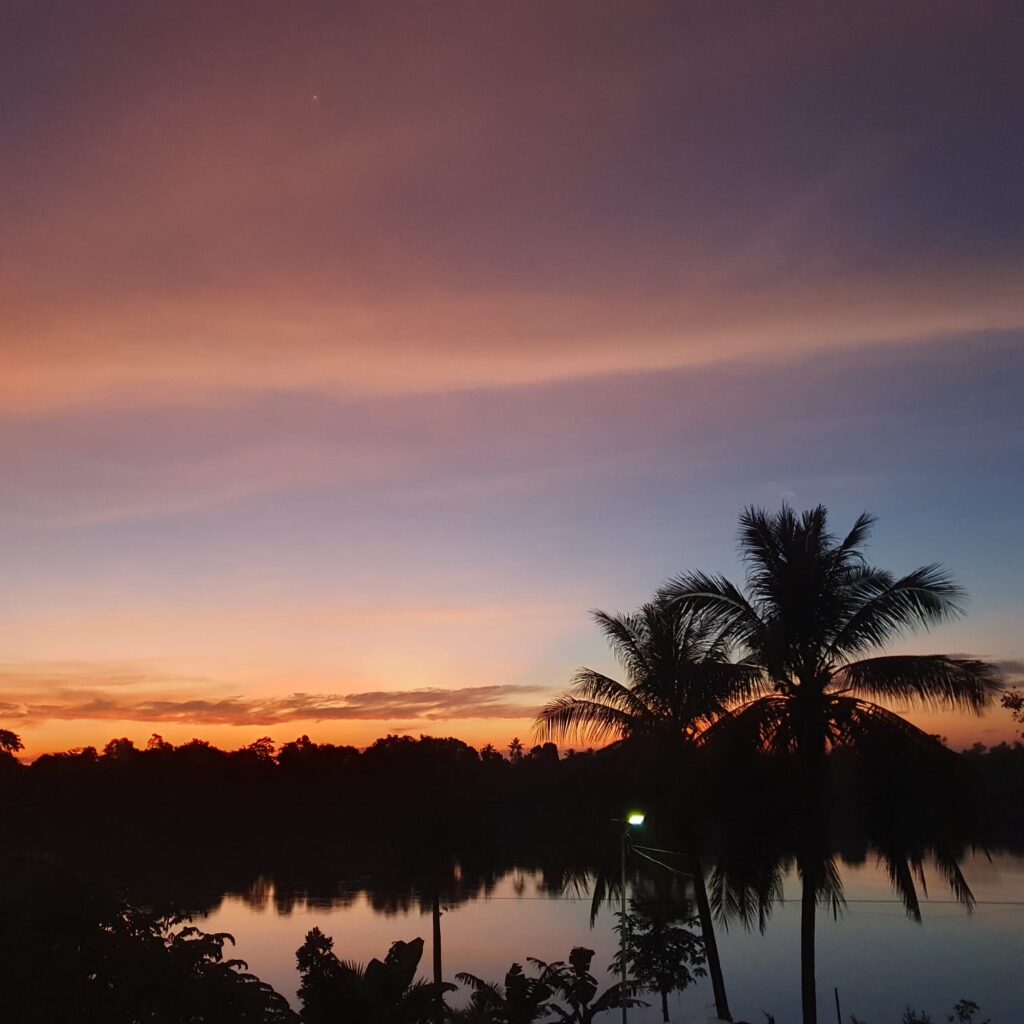
Northeastern Cambodia can be very beautiful but it’s a long journey from a remote rural village to get an education that leads to a job. Rural students from the Kavet minority group must often make a hazardous journey from their home villages along the Laotian border to get to the towns of Siempang or Banlung to go to high school and college. Their education often starts in a village literacy class. A Kavet student first has to learn to read and write Kavet and then Khmer the language of Cambodia. Below is a picture from a village literacy class.
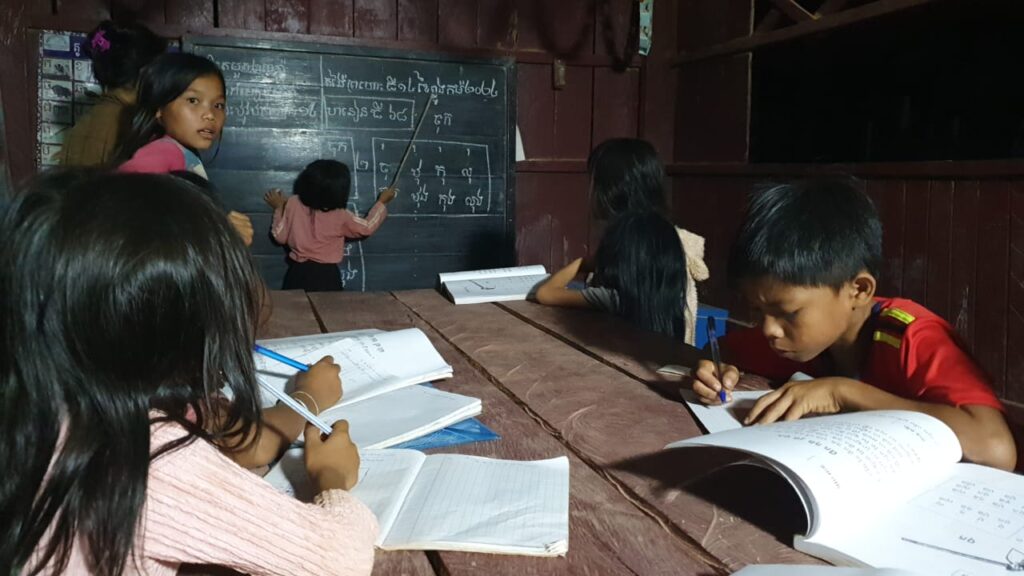
It is difficult to get to the Kavet villages. Here is one of Cusp’s four partners, Alli, as she travels to visit a remote village literacy class. All four of Cusp partners in this project have years of experience working in remote Kavet villages.

Leaving the village gets difficult. For a student to attend high school and college they have to make the 2-hour daily trip from their village to get to school in town.
To begin the journey a student will first hike or go by motorbike on a jungle track for about an hour and then they will walk on a road like this.
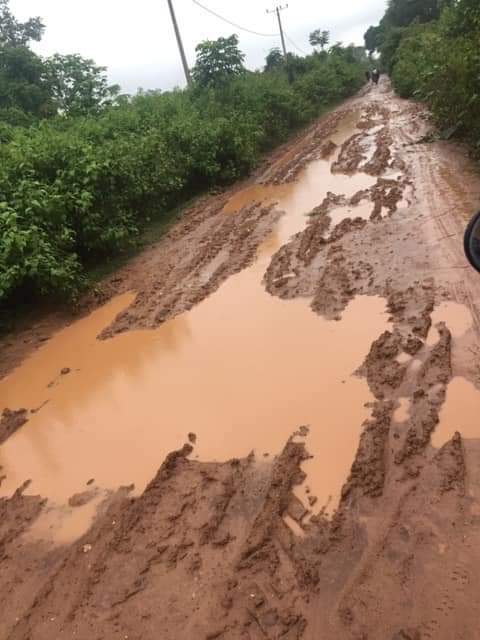
Closer to town the road gets a little better especially when it’s not raining.

And then the Sesan river to cross.
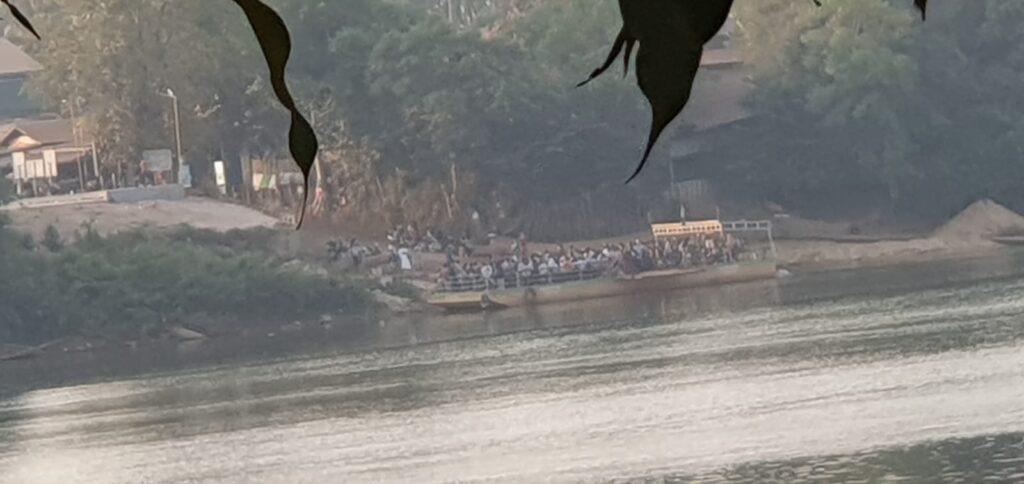
And the ferry to catch. If you miss the ferry you miss school.
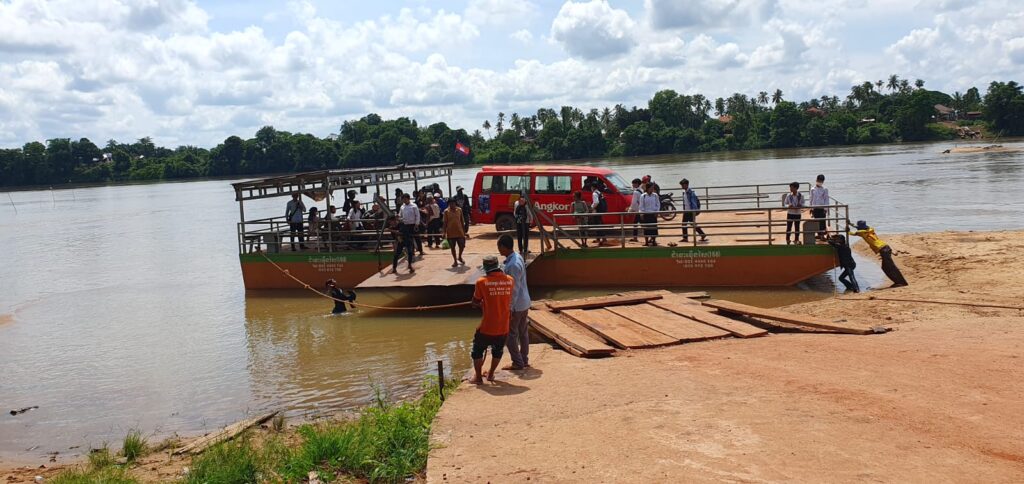
After the ferry if you are lucky the road can be smooth but still have lots of dust.
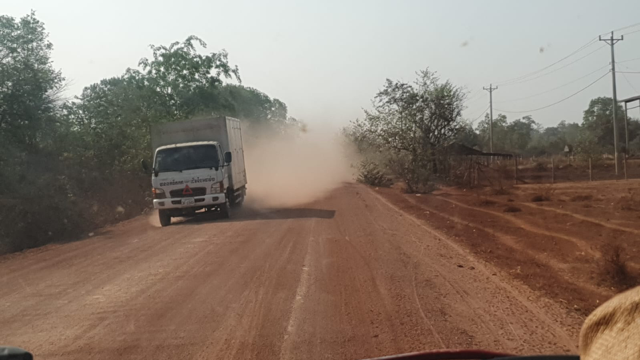
CUSP aims to get rid of the journey. Like we did in Kampong Thom. Dorms allow the student to stay in town. Khiou is a student who has often made the difficult journey from her village to town to get an education. She is debarking the ferry with joy for now she gets to live in town. Khiou is bringing her broom because she is moving into a dorm that CUSP in partnership with Anne Thomas and YWAM have rented.
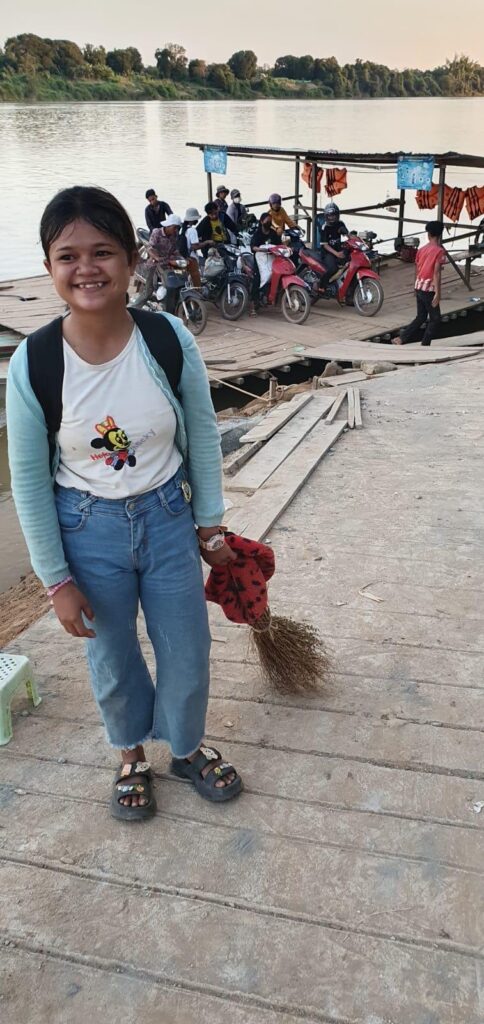
The girl’s dorm is a rented house in Siempang.
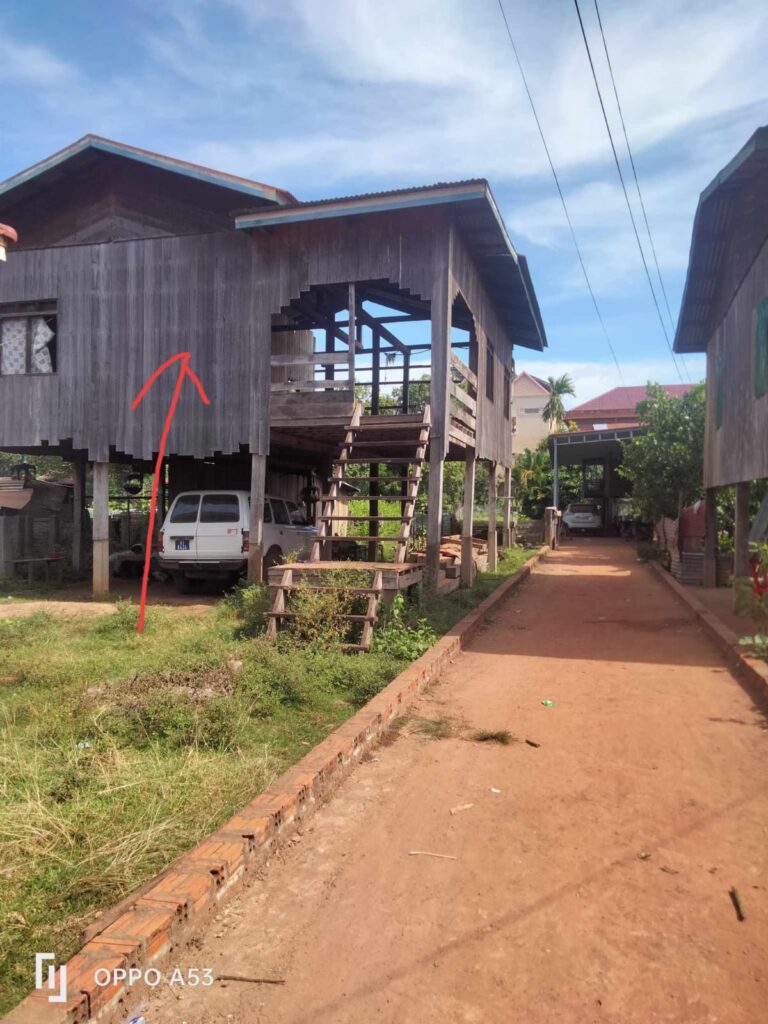
Khiou is excited because this is luxury compared to her home in the village.
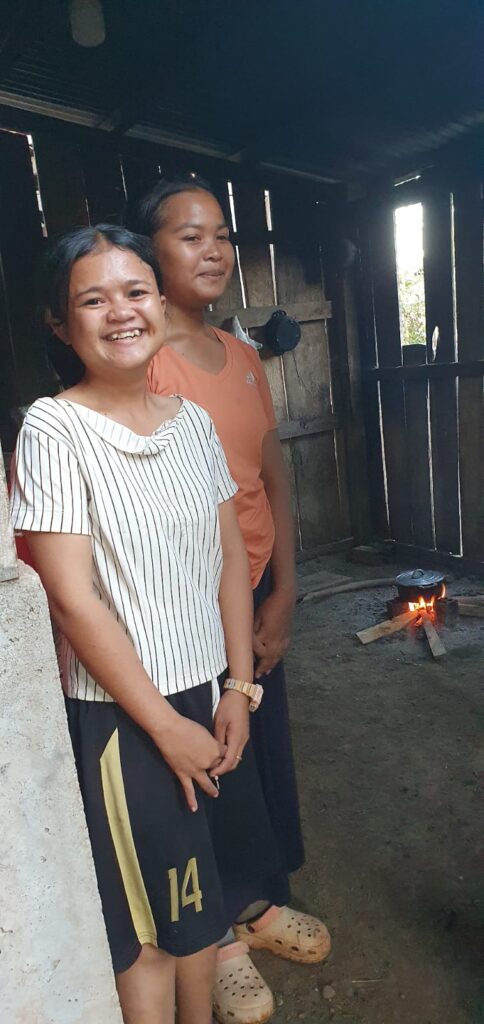
CUSP also partnered with YWAM, Anne Thomas, and the local school district to convert two classrooms into dorm rooms so that rural students don’t have to make the impossible trip from their village to go to school.
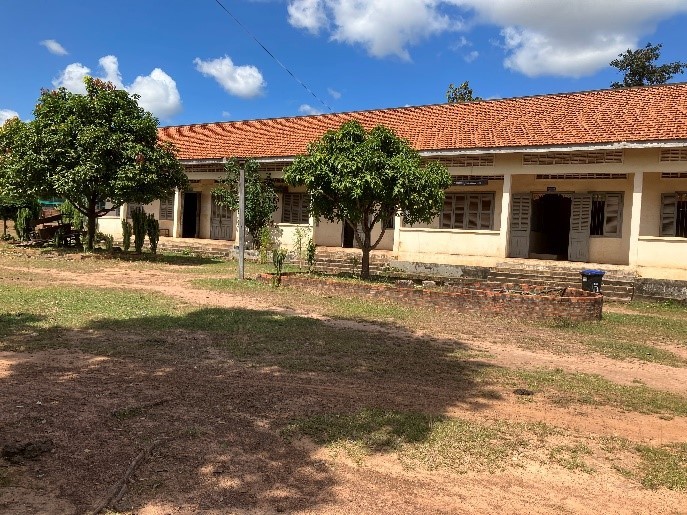
Metal beds were built for the students.
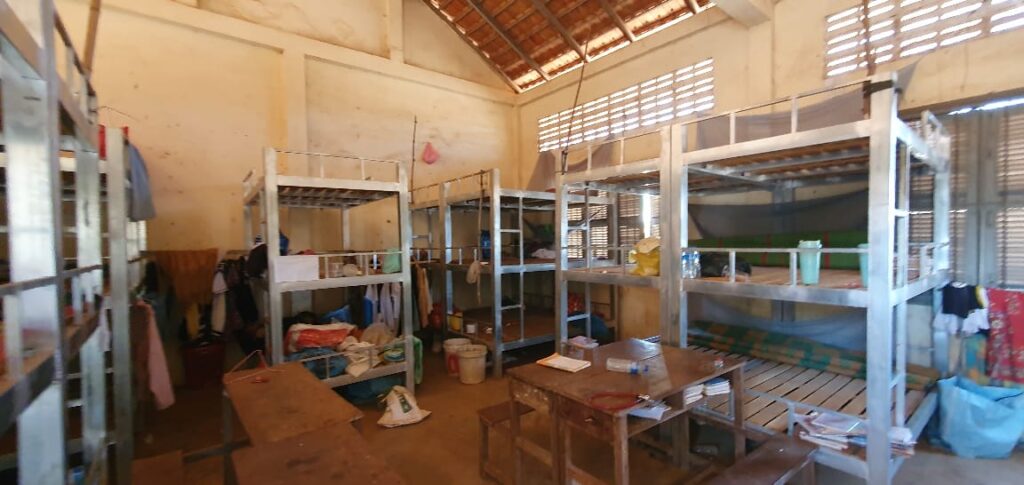
Below is the girl’s dorm. There are over 40 students in the dorms now with room eventually for 90.
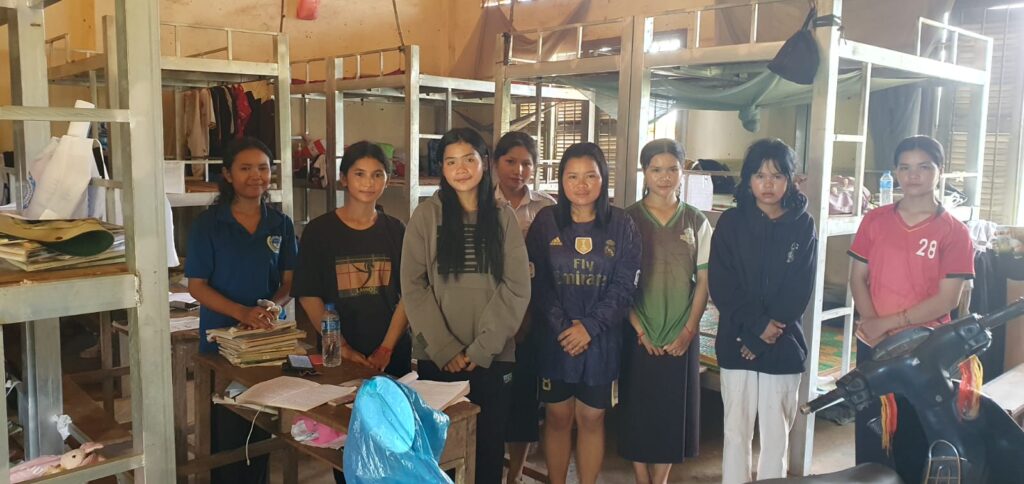
This high school class is meeting outside because the classroom became the dorm.
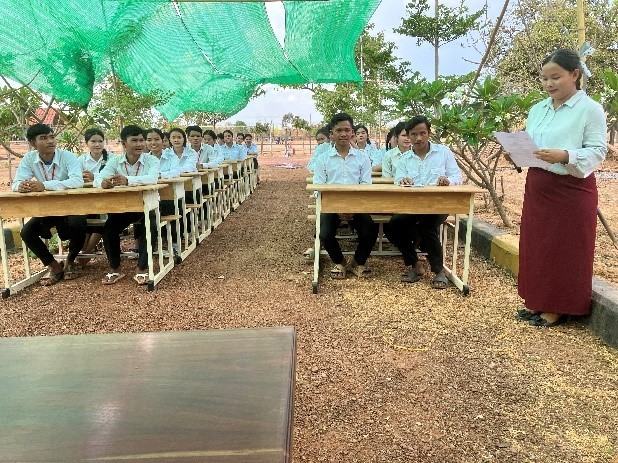
A kitchen was built.
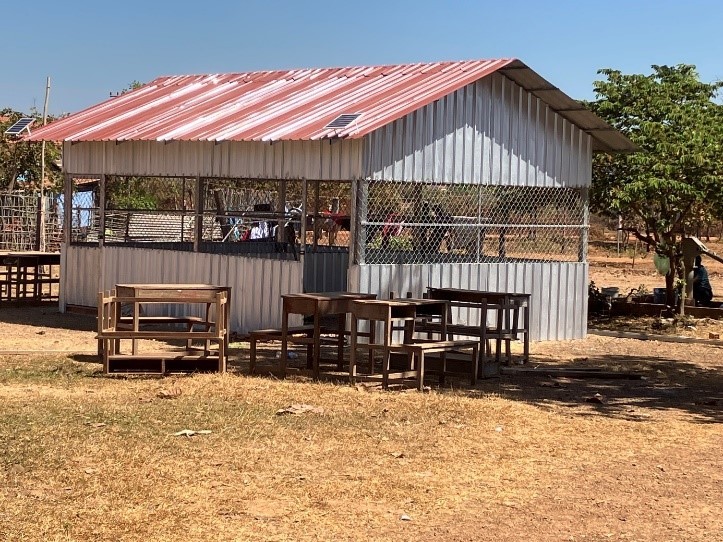
Students cooking their meal
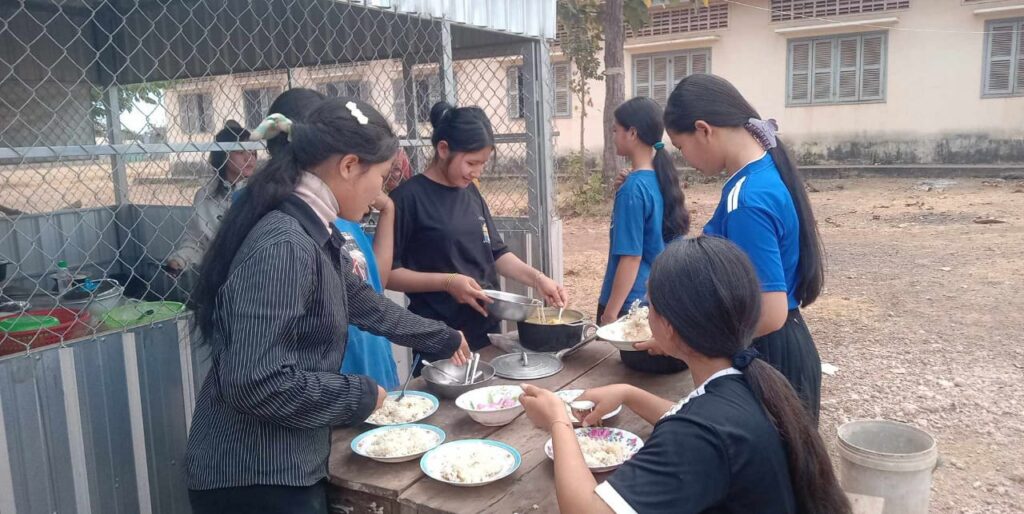
Three toilets repaired and a water tank installed.
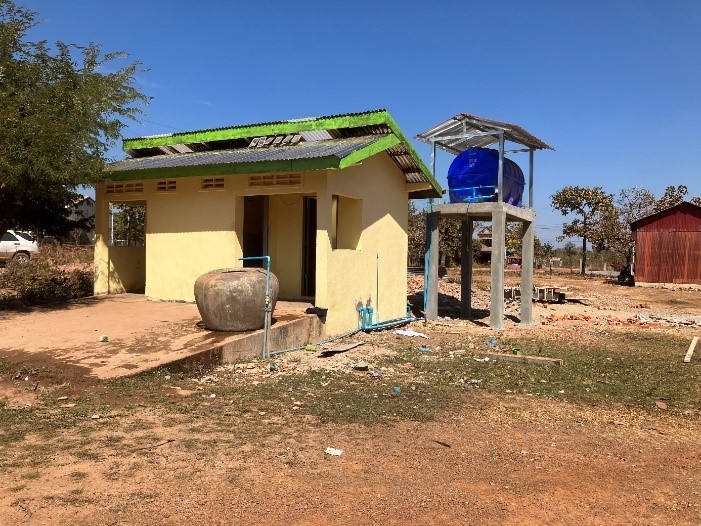
A garden was started, and fruit trees planted to augment the diet of rice the students bring from their home villages.
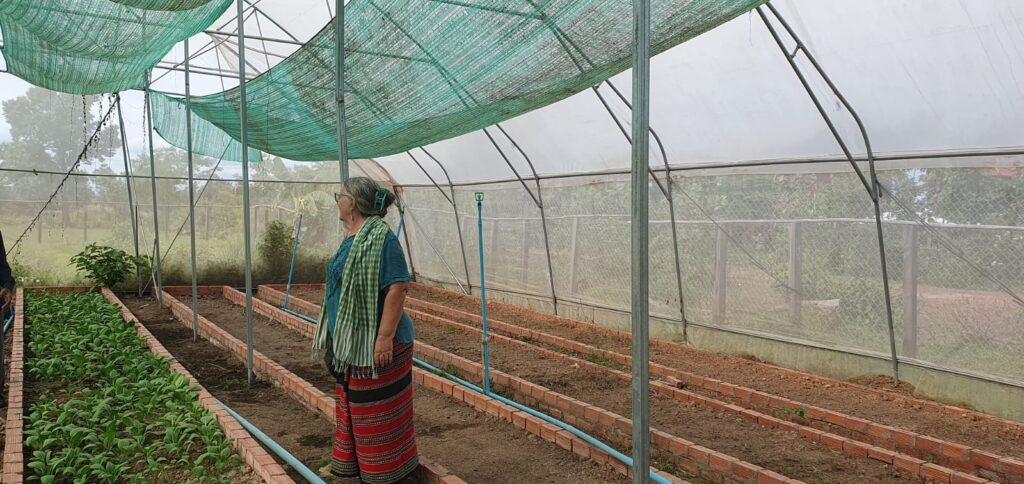
YWAM staff in Siempang oversee the dorm project. From left, Michelle who is from Switzerland, Khamphun from Siempang, and Alli who is from Canada all work for YWAM. Anne Thomas is second from right. Michelle, Anne and Alli all worked in the Thai refugee camps in the 80’s. Together they have over 100 years’ experience in Southeast Asia. This is not their first rodeo.
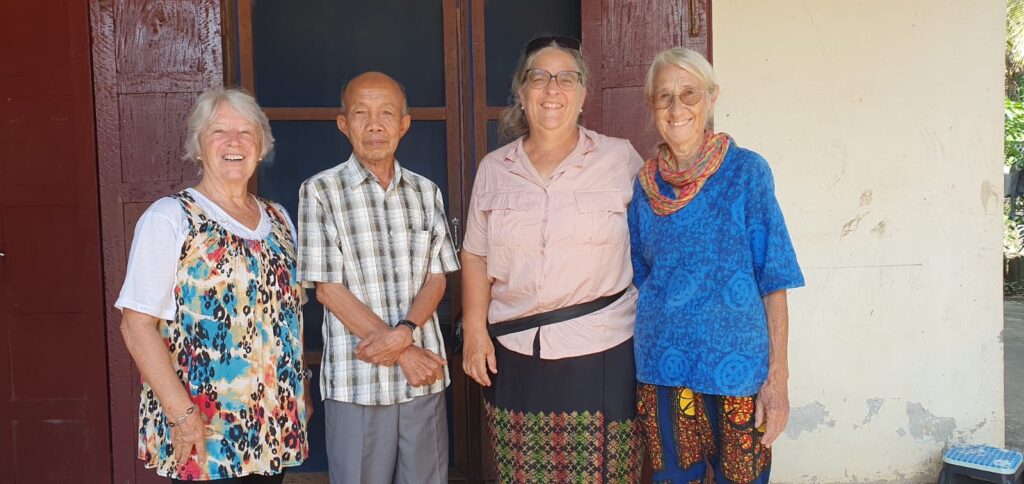
Khampun was an officer with the Khmer Rouge and is now a lay pastor.
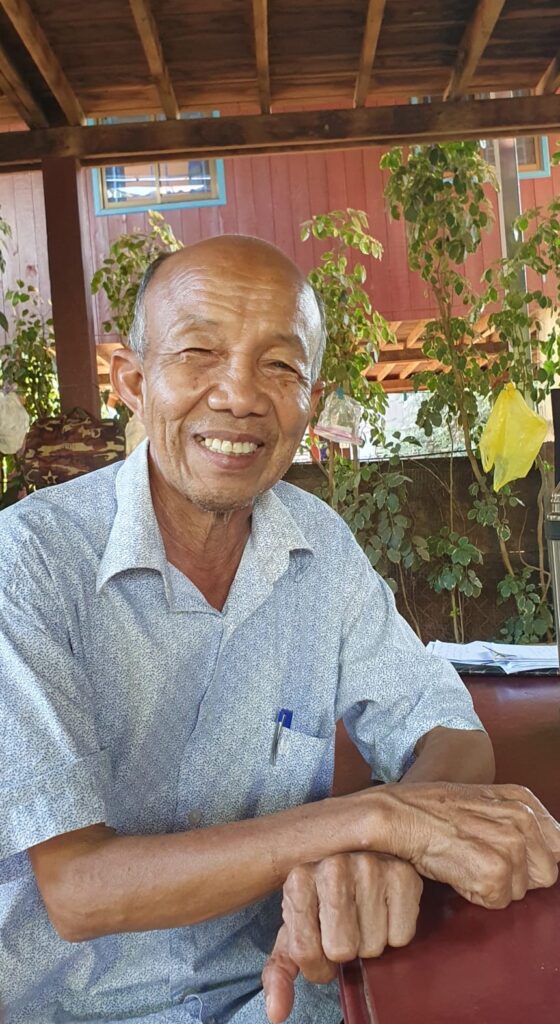
Anne Thomas, who is a longtime CUSP partner, with Michelle and Alli.
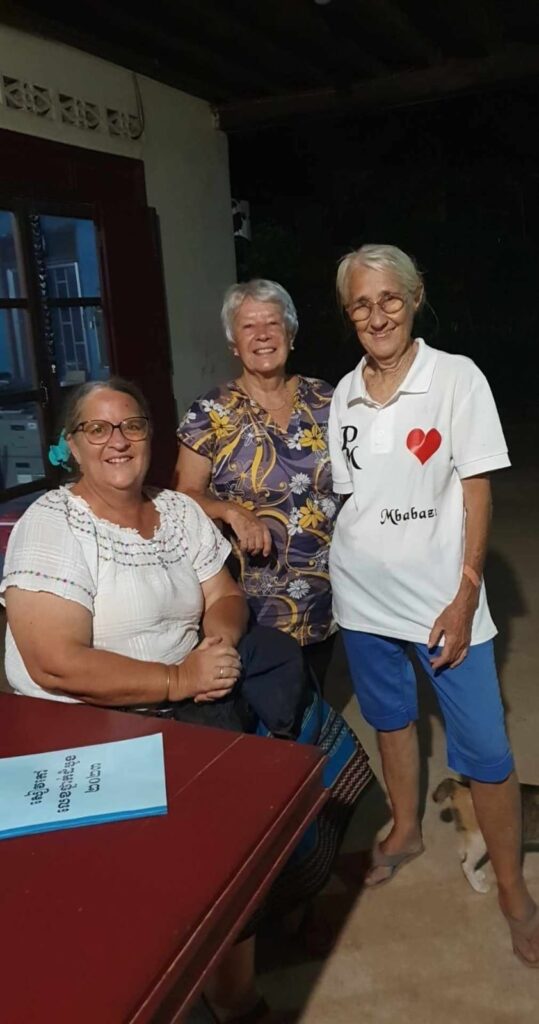
Michelle and Khampun with some students who are going to clean their dorms.
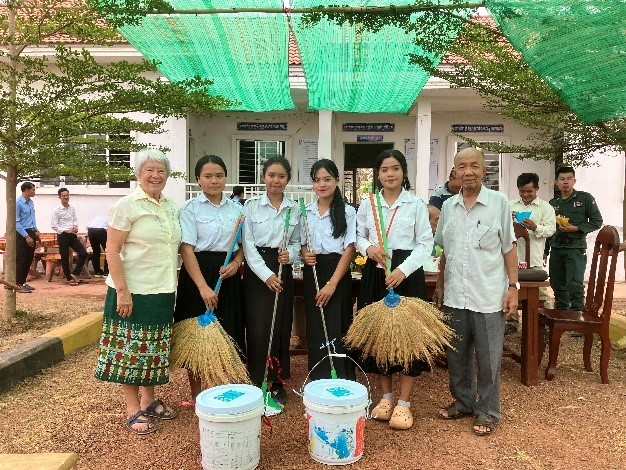
CUSP now teaches English to Kavet students studying on Zoom. The class is taught by Pean. She is a CUSP graduate who lives in Phnom Penh. I will be making a trip to Siempang and Banlung in Northeastern Cambodia, together with Cusp Cambodian staff, (Dr. Yaren, Pa Soeurng and Pean}, in early December. We are researching new ways of delivering zoom English classes to the Kavet students who are in high school and college. Cusp has taught English to Cambodian students for over 12 years. We hope to expand English on zoom with the Kavet.